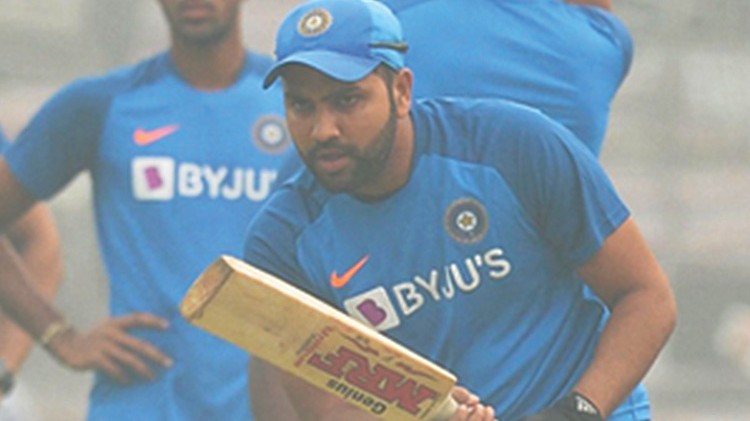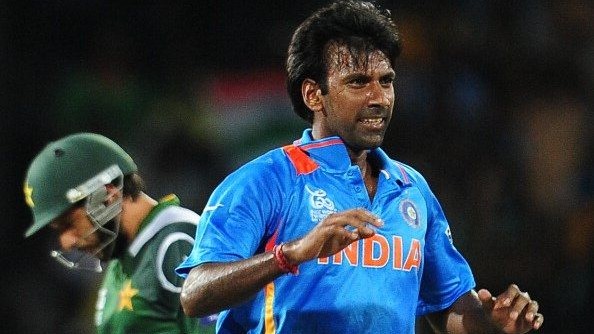 Former Australia pacer and renowned coach, Jason Gillespie, said getting rid of old habits, such as subconsciously licking the finger while walking back to the bowling mark, will be the major hurdle for bowlers in adhering to the saliva-ban imposed by the ICC in wake of COVID-19 pandemic.
Former Australia pacer and renowned coach, Jason Gillespie, said getting rid of old habits, such as subconsciously licking the finger while walking back to the bowling mark, will be the major hurdle for bowlers in adhering to the saliva-ban imposed by the ICC in wake of COVID-19 pandemic.
The governing body has taken this interim health safety measure for bio-secure cricket matches played before the deadly outbreak is completely over.
Read Also: "The game will change for sure", Sachin Tendulkar speaks on saliva-ban
Saliva is traditionally applied on the ball to maintain shine as it aids swing bowling. However, in the new normal, this won't be allowed.
“I think the biggest issue we are going to see is the habits of cricketers and habits of fast bowlers. A bowler walking back to his mark, subconsciously, might just lick his fingers and apply it to the ball because a bowler has done that since he was a kid. It’s just a habit," said Gillespie on Fan Play-Sports Ruler ‘Inside Out With Baggs’ show on YouTube.
“I think that will be the biggest challenge for players… changing those habits that they have got. There are a number of bowlers in the world that actually lick their fingers before they place their hands on the ball at the top of their mark to run in."
Gillespie, who played 71 Tests and 97 ODIs for Australia, also suggested an interesting ploy to ensure the ball remains in fine shape.
"Having a designated fielder, maybe some at mid-on or mid-off or a slip fielder, they are completely in charge of maintaining the ball," he said. "Or the other way, is you just take it out of everyone’s hands barring the bowler who is bowling those six balls and he is in charge of maintaining the ball."
"There are going to be some breaches, that’s going to happen no doubt about that. Habits are going to play a role here."
As always, the onus will be on the bowlers to adjust and keep themselves relevant to the game.
"I think there are a lot of unknowns! Until we play some cricket and get some feedback from the players, we won’t really know. We are basically speculating and guessing. We will have to wait and see," said Gillespie.
“It will create opportunities for bowlers to try and do different things. Use the crease a bit more, hold the ball differently, release points, release the ball from a slightly different angle and see if that has an effect when the ball hits the surface."
"It is an opportunity for bowlers to experiment, explore and see what they can do. The very good bowlers will find a way."
From the fitness point of view, Gillespie said bowlers will take longer to regain their mojo after this break where they've been frustratingly limited to their four walls.
“I think batsmen will have plenty of time in the nets, they will have a lot of coaches throwing balls at them. They will be trying to face as many bowlers as they can at training. I don’t have an issue with that."
"I think it’s more about the bowlers getting up to speed, getting that work into their body for the rigours of fast bowling, spinners as well getting used to that," he said.
“Batters won’t have a problem in terms of the volume of hitting (facing balls). What they may not get is that match practice. Nothing beats time in the middle for batsmen, bowlers and everyone to prepare for cricket," Gillespie added.
(Inputs from PTI)



